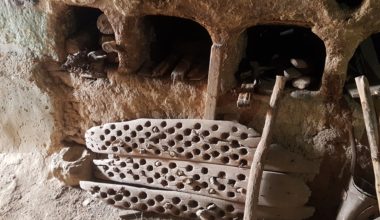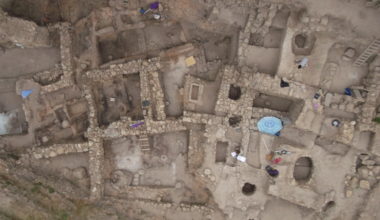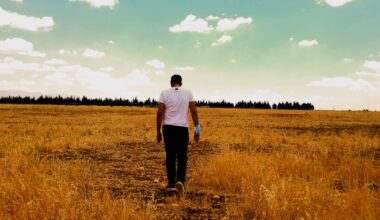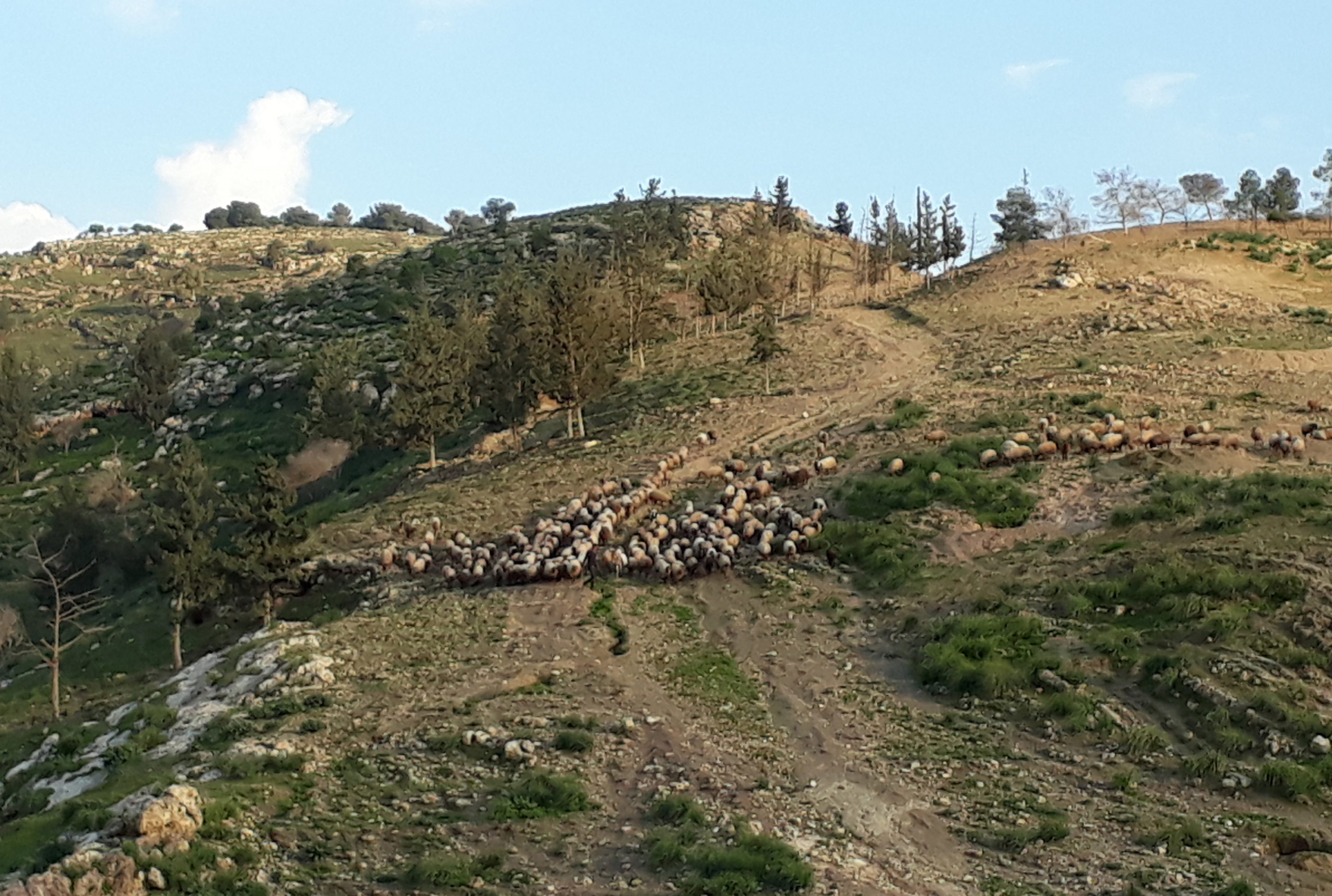
By Lynn Welton and Graham Philip
The Chalcolithic and Early Bronze Ages (EB) in the Levant (ca. 4500-2000 BCE) saw human societies move from largely autonomous villages towards more complex forms of social and economic organisation. By the third millennium BCE, this process had led to the appearance of walled urban settlements, the rulers of which controlled areas of territory that were managed through an expanding bureaucracy. In western Syria, by 2600-2500 BCE, we see the appearance of the first states and palace-centred economies. The new ruling elites marked themselves out through specific modes of behaviour, creating a distinctive ‘elite’ culture. This included the acquisition of wealth in the form of precious metals, gemstones and fine textiles, and they cemented their power by creating armies and complex administrative systems.
These changes were expensive to maintain. Precious metals had to be imported, and craftspeople, bureaucrats and soldiers paid. The funding for this could only be acquired through a fundamental reorganisation of the agricultural economy to focus on the production of surplus – that is production over and above what was required for basic subsistence.
In the third millennium texts from the site of Ebla (present-day Tell Mardikh) in western Syria, we see one important example of this reorganisation, in the form of the redistribution of high-quality woollen textiles (which were presumably distinguished by using fine thread and coloured dyes), and which feature as part of a widespread system of elite exchange of prestige items. The texts indicate that this exchange system was underpinned by palatial control of the essential raw materials: vast herds of sheep. While epigraphers and historians do not necessarily agree on the exact size of the herds involved, it is clear that we are dealing with animals numbering in the hundreds of thousands. A substantial area of land would have been required to graze these huge flocks. This could easily have covered an area extending throughout much of western Syria, and the integration of herding on this scale would have required substantial shifts in animal management and land use.
The mid-third millennium BCE also witnessed a very marked expansion of settlement into more arid areas of the Syrian steppe. While we suspect that these new settlements are connected to the growing use of the steppe to graze these vast animal herds, the question we ask is “How can we test this hypothesis using archaeological data?”
Isotope analysis to reconstruct animal movements
One possible approach is to analyse the enamel of animal teeth to reconstruct the environments in which the animals were herded during their life. While human tooth enamel is formed during childhood, representing a relatively short period within our total lifespan, that of a sheep or goat is produced over a longer portion of the animal’s life. Thus, the specific composition of the enamel forming at any one point in time is related to the food and water that the animal is consuming. In effect, the enamel records information about the environments in which the animal was herded during its lifetime and can be used to reconstruct animal movement.
The potential of this approach led to the development of a research project, as part of my Marie Curie fellowship, which used multi-element isotope analysis of animal tooth enamel to find direct evidence for change in animal movements during this time frame. Funds from CBRL allowed us to significantly increase the scope of the project, incorporating sites and time periods beyond those originally planned.
The limiting factor with a project like this one (apart from the cost of laboratory analysis), is the availability of well-preserved teeth among the animal remains recovered during excavation. All the teeth analysed had been selected and prepared for analysis prior to the onset of the coronavirus pandemic, some taken from collections held in the CBRL Amman Institute. Analysis of the samples continued in the summer of 2020 after the easing of lockdown conditions.
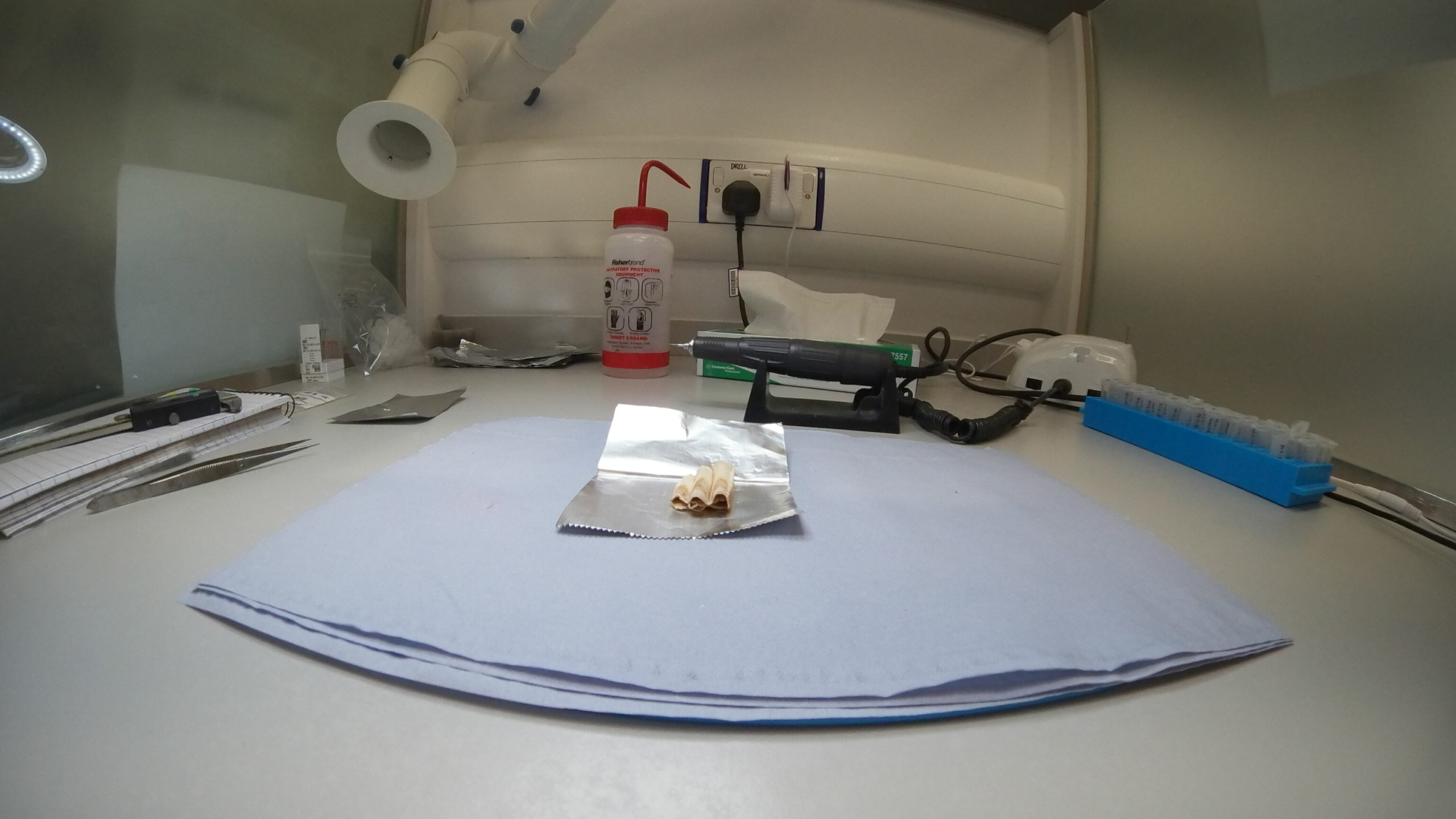
Each tooth analysed represents a period of about a year in the life of the animal involved, and samples of enamel are drilled in a series of narrowly and regularly spaced horizontal bands proceeding from the cusp to the root of the tooth, giving us a series of samples from that particular year of life. These samples then underwent carbon, oxygen and strontium isotope analysis. Roughly speaking, carbon provides information about the types of vegetation the animal consumed, oxygen about the water in their diet and drinking water, and strontium about the geology of the area in which the animals were grazed.
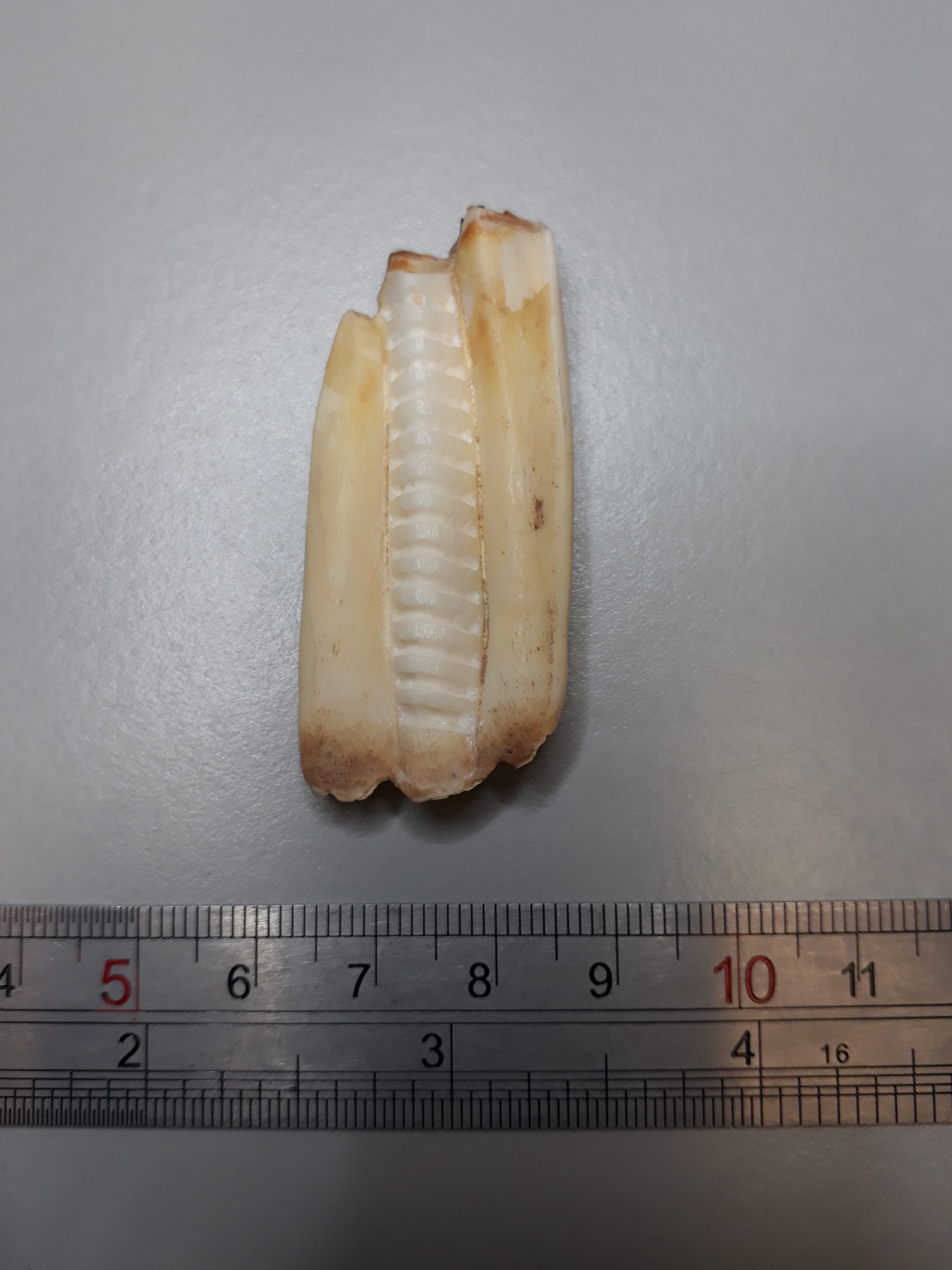
The project was organized into two case studies: the upper Orontes Valley in Western Syria; and the Jordan Valley to the south. Given the different trajectories of development in the northern and southern Levant, communities in the Jordan Valley were probably peripheral to the new system that was emerging in Syria.
Tell Nebi Mend, located on the Orontes River near the modern city of Homs, was excavated between 1975 and 1995 by a team from University College London, directed by Peter Parr. It represented an ideal case study for western Syria because it offered a near-continuous sequence of occupation – spanning the Chalcolithic through to the Middle Bronze Age – that would allow us to examine change over time.
In the Jordan Valley, the material analysed came from several different sites. Tell esh-Shuna, excavated by Douglas Baird and Graham Philip in the early 1990s, provided material from the Early Chalcolithic and EB I. Pella, which has been excavated consistently since 1979 (under the direction of Stephen Bourke of the University of Sydney since 1986), produced animal remains from the Late Chalcolithic and EB I-EB II. Shuna and Pella thus gave us data for two sites in the north Jordan Valley which offered complementary stratigraphic sequences and that between them spanned the early Chalcolithic period through the EB II, roughly from 5000-2900 BCE.
The later third millennium is largely represented by sites located in the southern part of the Jordan Valley. Tell al-Hammam offered remains dated to the EB III, while Iktanu had levels dating to the EB I and EB IV. Both sites were excavated by Kay Prag in the late 1980s, and neatly fill gaps in our coverage of the later third millennium. In addition, the EB I data from Iktanu offered a chance to examine material contemporary with that from Shuna and Pella, but from a site in the southern part of the valley.
Initial results
To our surprise, preliminary results from Tell Nebi Mend do not point to increased exploitation of arid steppe environments to the east during EB IV, the period in which the new extensive system of animal herding was at its height. Instead, herding seems to have been more restricted to areas closer to the site. This at first seemed counter-intuitive, but in fact probably makes good sense. Nebi Mend, located close to the well-watered Orontes Valley and at the north end of the Bekka Valley which runs southwards into Lebanon, may have had access to better quality grazing areas than were available to communities living in the more arid regions to the east. It is also likely that the expansion of the animal herding economy into the steppe may have triggered greater competition for resources and a need to carefully control animal grazing territories and associated water resources, thus constraining the movements of herders in these areas. The appearance of several new, large, walled settlements in the steppe zone east of Homs around 2600-2500 BCE would support this view. The strontium data also suggests that the rough volcanic landscape to the west of the Orontes (known locally as al-Waar) was extensively used for herding purposes in all periods, which corresponds well with both survey data and ethnographic evidence from the early 20th century.
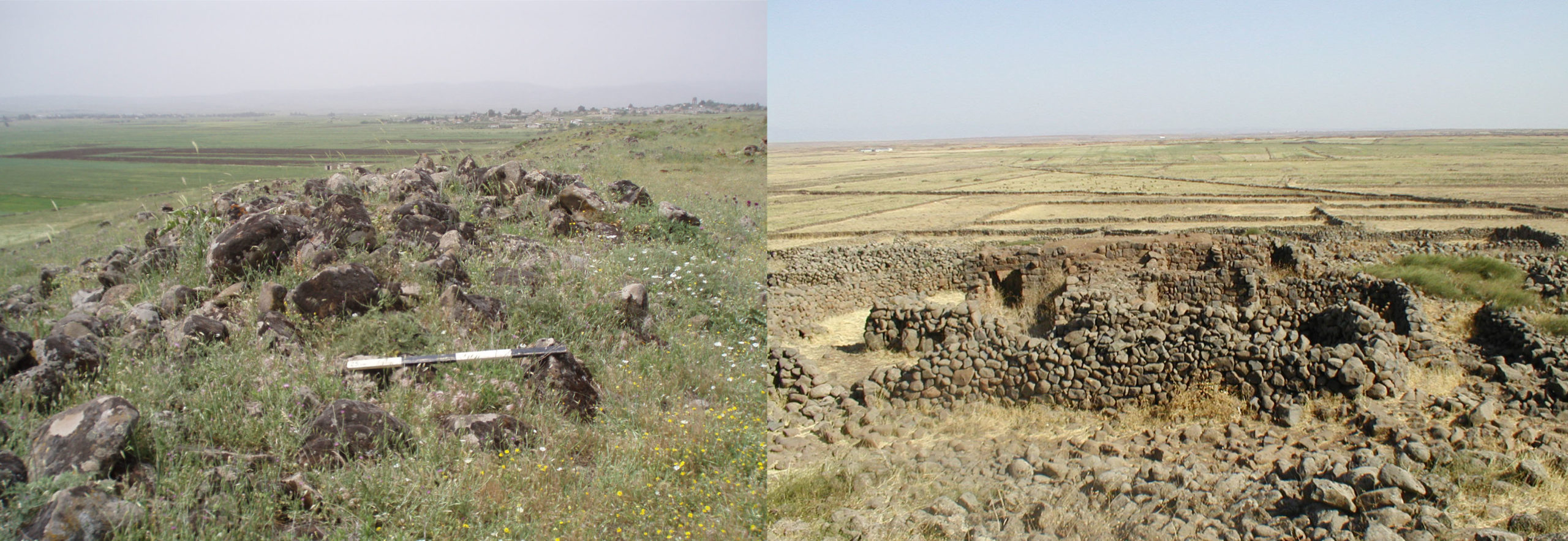
Meanwhile, in the Jordan Valley, we see a different pattern. Here, the samples from Tell esh-Shuna suggested a marked change in herding patterns around the mid-fourth millennium BCE (early EBI). The key shift is from a strategy in the Chalcolithic that involved seasonal movements from the Jordan Valley in winter to the well-watered neighbouring uplands in summer, to a pattern in Early EB I that saw greater exploitation of the arid zone further east. This included both animals that had grazed in more arid locations in winter, and others that may have spent more extended periods of time in arid environments. Although arid zone exploitation did not end after Early EB I, it appears to have played a less prominent role in Late EB I-EB II.
These results offer a small glimpse into the changes in animal herding strategies that accompanied the development of urban societies and state-level political economies in the Levant. We now need to determine the degree to which these grazing patterns hold beyond the specific sites and areas discussed here, to better understand this vital component of the regional economy. It is clear, however, that isotopic analysis has great potential for creating a more nuanced view of the economic changes that accompanied urbanisation.
Acknowledgements
This project was built around a Marie Curie fellowship funded through the Horizon 2020 programme of the European Union and held in the Department of Archaeology at Durham University. CBRL provided support for additional laboratory analysis and facilitated access to material from its sponsored field projects: Tell esh-Shuna, Tell Nebi Mend, Tell Iktanu and Tell al-Hammam. The authors gratefully acknowledge the cooperation of the Department of Antiquities of Jordan and the Directorate-General of Antiquities and Museums of Syria for their permission to conduct this research, and Stephen Bourke and Kay Prag, for facilitating access to samples from their excavations. Prof. Janet Montgomery of the Department of Archaeology at Durham and Dr. Geoff Nowell of the Arthur Holmes Laboratory in the Department of Earth Sciences provided invaluable support with the analytical work.
 Lynn Welton is a Research Associate at the University of Toronto, having recently completed a Marie Curie fellowship at Durham University. Among her research interests is the reconstruction of human and animal mobility using isotopic analysis, and as a member of the CRANE project she is currently collaborating with atmospheric physicists conducting palaeoclimate modelling in order to better understand the relationship between past communities and their environment. Lynn’s research focuses primarily on the Chalcolithic, Bronze and Iron Ages of the Levant and Anatolia. She has excavated at the site of Tell Tayinat in Turkey since 2004, and has also conducted fieldwork in Jordan, Iraq, Iran and Ethiopia.
Lynn Welton is a Research Associate at the University of Toronto, having recently completed a Marie Curie fellowship at Durham University. Among her research interests is the reconstruction of human and animal mobility using isotopic analysis, and as a member of the CRANE project she is currently collaborating with atmospheric physicists conducting palaeoclimate modelling in order to better understand the relationship between past communities and their environment. Lynn’s research focuses primarily on the Chalcolithic, Bronze and Iron Ages of the Levant and Anatolia. She has excavated at the site of Tell Tayinat in Turkey since 2004, and has also conducted fieldwork in Jordan, Iraq, Iran and Ethiopia.
 Professor Graham Philip obtained his PhD from Edinburgh University in 1988, and worked as Assistant Director of the British Institute at Amman for Archaeology and History (1989-1992). He was a then a British Academy Postdoctoral Fellow at the Institute of Archaeology, University College, London, before joining Durham University in 1994. His research interests fall into three main areas: landscape archaeology, artefact studies, and the nature of early complex societies. All of these themes are explored in the context of the later Prehistory and Bronze Ages of the Middle East. Prof. Philip is currently a Co-I on the heritage protection project Endangered Archaeology in the Middle East and North Africa, working with project partners in Lebanon, Iraq and the Caucasus. With Profs. Khaled Al-Bashaireh and Abdulla al-Shorman of Yarmouk University, he is working on a project funded by an AHRC-Newton award to create an environmental isoscape map for Jordan, and to investigate diet and mobility among the human population of the Jordan Valley from the Early Bronze Age to the Roman period.
Professor Graham Philip obtained his PhD from Edinburgh University in 1988, and worked as Assistant Director of the British Institute at Amman for Archaeology and History (1989-1992). He was a then a British Academy Postdoctoral Fellow at the Institute of Archaeology, University College, London, before joining Durham University in 1994. His research interests fall into three main areas: landscape archaeology, artefact studies, and the nature of early complex societies. All of these themes are explored in the context of the later Prehistory and Bronze Ages of the Middle East. Prof. Philip is currently a Co-I on the heritage protection project Endangered Archaeology in the Middle East and North Africa, working with project partners in Lebanon, Iraq and the Caucasus. With Profs. Khaled Al-Bashaireh and Abdulla al-Shorman of Yarmouk University, he is working on a project funded by an AHRC-Newton award to create an environmental isoscape map for Jordan, and to investigate diet and mobility among the human population of the Jordan Valley from the Early Bronze Age to the Roman period.
The views expressed by our authors on the CBRL blog are not necessarily endorsed by CBRL, but are commended as contributing to public debate.












